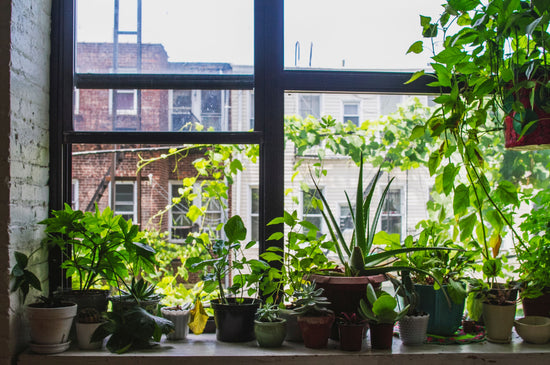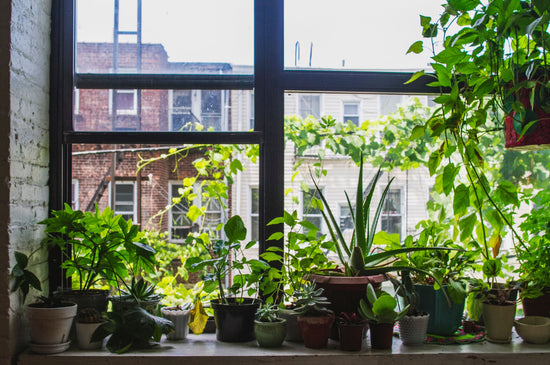The Surprising Science Behind Growing Perfect Blueberries
Blueberries are a powerhouse of flavor and nutrition, and with the right care, you can grow an abundant harvest of these sweet berries right in your backyard. In this guide, we’ll explore the science behind growing perfect blueberries and how you can apply expert strategies to maximize your yield.
Understanding Blueberry Basics
Blueberries belong to the genus Vaccinium, which includes varieties like highbush, lowbush, and rabbiteye. These plants are loved for their vibrant foliage, delicate flowers, and of course, their delicious fruit. They thrive in acidic soil with a pH between 4.5 and 5.5.
To get started, consider planting the Blueberry Plant - Live Starter Plants, ideal for new gardeners or anyone looking to expand their edible landscape.
Selecting the Best Blueberry Varieties
Choosing the right variety for your climate is crucial. Here are some popular options:
- Highbush Blueberry (Vaccinium corymbosum): Perfect for temperate climates, producing large, sweet berries.
- Rabbiteye Blueberry: Heat-tolerant and ideal for southern regions.
- Lowbush Blueberry: A compact variety suited for colder climates.
The Emerald Blueberry Plant is an excellent option for producing large, flavorful berries.
Planting Blueberries for Success
Proper planting is the foundation of a healthy blueberry bush. Follow these steps:
- Choose the Right Location: Blueberries require full sun for at least six hours a day.
- Prepare the Soil: Test your soil’s pH and amend it with sulfur if necessary to reach the ideal acidity level.
- Planting Depth: Dig a hole twice as wide as the root ball and position the plant so the root crown is just above the soil line.
- Spacing: Space plants 3-5 feet apart to allow for air circulation.
For gardeners looking to plant multiple varieties, the Berry Variety Pack is a great option.
The Science of Watering
Blueberries have shallow root systems, making consistent watering essential. Here are some tips:
- Water deeply but avoid waterlogging the roots. A drip irrigation system works best.
- Mulch around the base of the plant to retain moisture and regulate soil temperature.
Fertilizing for Optimal Growth
Blueberries require specific nutrients to thrive. Use a fertilizer formulated for acid-loving plants, such as those used for azaleas or rhododendrons. Apply fertilizer in early spring and again after the harvest.
Pollination and Cross-Pollination
Blueberries are partially self-pollinating, but planting multiple varieties can enhance fruit size and yield. This is particularly true for varieties like rabbiteye and highbush. Consider adding a Blueberry Plant in 2-inch Grower’s Pot for a compact pollination partner.
Managing Pests and Diseases
While blueberries are relatively low-maintenance, they can still fall prey to pests and diseases. Here’s how to keep them healthy:
- Pests: Use netting to protect berries from birds and apply neem oil to deter insects.
- Diseases: Ensure proper air circulation to prevent fungal diseases like powdery mildew.
Growing Blueberries in Containers
For those with limited space, blueberries can be grown in containers. Use a pot with good drainage and an acidic potting mix. Compact varieties like those included in the Patio Fruit Plant Variety Pack are ideal for container gardening.
Maximizing Your Harvest
Blueberries typically begin producing fruit two to three years after planting. To maximize your harvest:
- Prune older canes and dead wood in late winter.
- Fertilize during the growing season to encourage fruit production.
- Pick berries as they ripen to avoid overripening and encourage new growth.
Where to Buy Blueberry Plants
At Wekiva Foliage, you can find a wide range of blueberry plants suited for any garden. Whether you’re planting in the ground or in containers, Wekiva Foliage has the perfect plants to get you started.
FAQ
1. How much sunlight do blueberry plants need?
Blueberries need at least six to eight hours of full sun daily.
2. Can blueberries be grown in containers?
Yes, compact varieties like those in the Patio Fruit Plant Variety Pack thrive in pots with proper care.
3. How long does it take for blueberries to bear fruit?
Blueberries typically take two to three years to produce a significant harvest.
4. What is the best time of year to plant blueberries?
Plant blueberries in early spring or late fall when the plant is dormant.
5. How do I know if my soil is acidic enough for blueberries?
Test your soil’s pH with a soil test kit and amend it with sulfur if it’s above 5.5.





